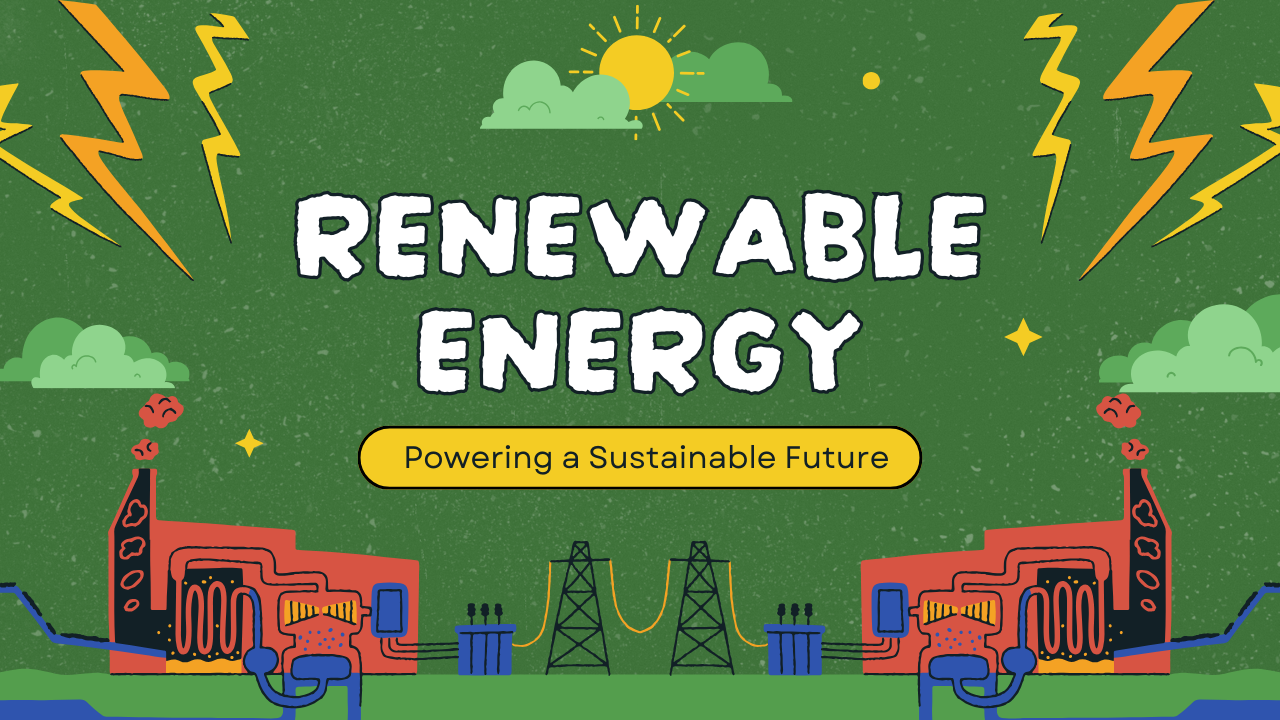
Perovskite Cells: The Future of Solar Power
The Dawn of a New Solar Era: Perovskite Cells are Changing Everything
In the relentless pursuit of cleaner, more efficient energy, a remarkable new technology is poised to revolutionize the solar industry: perovskite solar cells (PSCs). Named after a specific crystal structure, these materials are emerging as one of the most exciting and promising frontiers in photovoltaic (PV) research. While traditional silicon-based solar panels have dominated the market for decades, perovskites offer a combination of extraordinary efficiency, low production cost, and versatility that silicon simply cannot match. In just over a decade, PSCs have shattered efficiency records in laboratory settings, sparking a global race to commercialize what many experts believe could be the key to unlocking the full potential of solar power.
The rise of perovskites represents a paradigm shift in how we think about solar energy. Their unique properties allow for the creation of solar cells that are not only more powerful but also lightweight, flexible, and even transparent, opening up a universe of applications far beyond the rigid panels we see on rooftops today. As researchers overcome the final hurdles to mass production, this groundbreaking technology is set to make solar power more affordable, accessible, and integrated into the very fabric of our lives.
Record-Breaking Efficiency: The Science Behind the Surge
The most compelling characteristic of perovskite solar cells is their astonishing power conversion efficiency (PCE)—the measure of how effectively a cell converts sunlight into electricity. Since their first application in solar cells in 2009, PSCs have seen a rate of efficiency improvement that is unprecedented in the history of photovoltaics.
Key efficiency milestones include:
Single-Junction Cells: As of 2025, the record efficiency for a single-junction perovskite solar cell stands at an impressive 27.0%, certified by the National Renewable Energy Laboratory (NREL). This figure is rapidly approaching the efficiency of high-end, single-crystal silicon cells, which took decades of research to achieve.
Tandem Cells: The true game-changer lies in "tandem" cell architecture, where a thin, semi-transparent perovskite layer is placed on top of a traditional silicon cell. This design is incredibly efficient because each layer captures a different part of the light spectrum. The perovskite top cell absorbs high-energy blue light, while the silicon bottom cell captures lower-energy red and infrared light that passes through. This dual-layer approach has led to staggering results, with LONGi Solar achieving a world-record certified efficiency of 34.9% for a perovskite-silicon tandem cell in 2025.
These efficiency numbers are not just academic achievements; they translate directly into more power generated from a smaller area, which is crucial for reducing overall system costs and making solar a more potent energy source.
Why Perovskites are a Game-Changer
Beyond their headline-grabbing efficiencies, perovskites offer a host of other advantages that position them as a superior next-generation solar technology.
Low Production Cost: The raw materials for perovskites are abundant and inexpensive. More importantly, they can be manufactured using simple, low-temperature, solution-based processes—akin to printing a newspaper or developing a photograph. This is a stark contrast to the energy-intensive, high-temperature, and highly purified environment required to produce silicon wafers, which could dramatically lower the final cost of solar panels.
Unmatched Versatility: Because perovskites can be formulated as a type of "solar ink," they can be applied to a wide variety of surfaces. This opens the door to creating flexible, lightweight, and semi-transparent solar cells. Imagine buildings with power-generating windows, cars with solar-powered roofs, and portable electronic devices that charge themselves. These are the kinds of applications that perovskite technology makes possible.
High Performance in Low Light: Perovskite cells have also shown exceptional performance in low-light and indoor conditions. Researchers in Taiwan recently developed a perovskite cell with a remarkable 38.7% efficiency at converting indoor ambient light into power, a breakthrough for powering small electronic devices and Internet of Things (IoT) sensors without batteries.
Overcoming the Hurdles: The Path to Commercialization
Despite their immense promise, perovskite solar cells still face challenges that must be addressed before they can be widely deployed. The primary obstacle has been stability and durability. Early perovskite materials were known to degrade relatively quickly when exposed to moisture, oxygen, heat, and even prolonged light—a significant problem for a product that needs to last for 25-30 years on a rooftop.
However, the scientific community is making rapid progress in overcoming these issues. Researchers are developing new chemical formulations and protective encapsulation layers that dramatically improve the material's resilience. Companies like Canon, for example, have developed new, high-performance materials and a lead-free composition that significantly enhances both durability and the stability needed for mass production. At IIT Bombay, researchers have demonstrated a tandem cell design where a degraded top perovskite layer could be easily replaced, potentially extending the overall lifetime of the device.
A Brighter, More Efficient Solar Future
Perovskite solar cells are no longer a distant laboratory curiosity; they are a rapidly maturing technology on the cusp of commercial viability. The combination of ultra-high efficiency, low manufacturing cost, and unprecedented versatility makes them a disruptive force in the renewable energy landscape. As researchers continue to solve the remaining durability challenges, we can expect to see perovskite-enhanced solar panels entering the market, offering more power for less cost.
This technology has the potential to accelerate the global transition to clean energy, making solar power not just a supplemental source, but a dominant one. From powering massive utility-scale farms with hyper-efficient tandem cells to weaving energy generation into the fabric of our cities, perovskites are set to usher in a brighter, more innovative, and truly solar-powered future.












